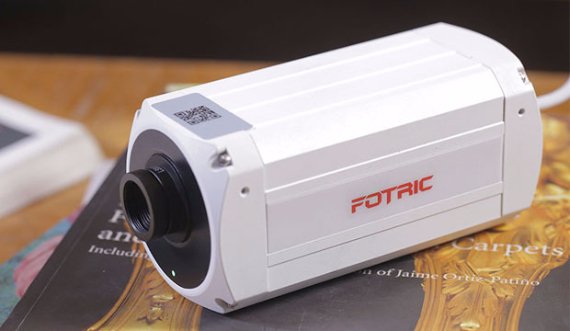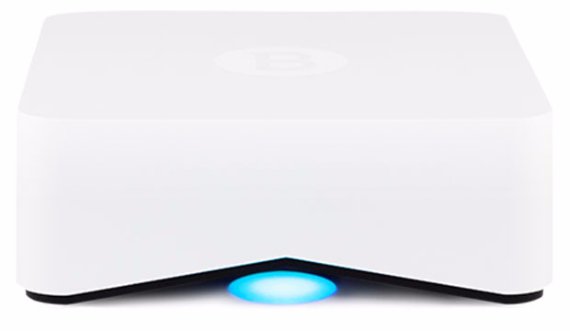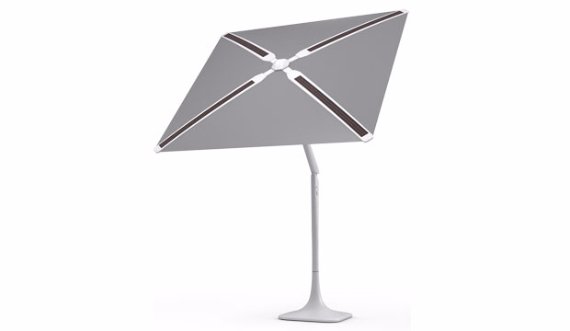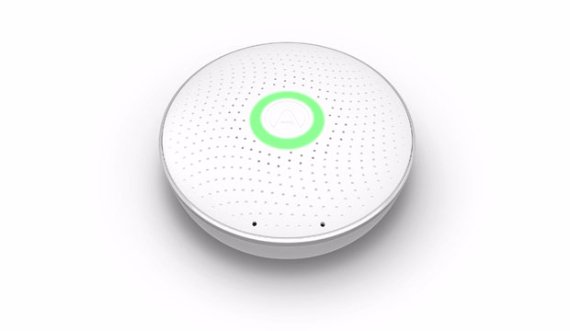New trends have surfaced in IoT and the connected home as carriers experiment with smart devices as a way to cut down claims losses. The recent Consumer Electronics Show revealed a number of devices that could impact the insurance industry, according to industry experts. Following are some of the highest-potential products.
 Fotric
Fotric
Fotric’s cloud-based thermal imaging camera, Fotric 123, provides early fire detection by monitoring indoor temperature. The device rings an alarm in the event of danger and sends notifications to users’ smartphones. Fotric 123 also features a night version camera that works in low light and records for added home security, according to the company’s website.
“In the long run, insurers have to price risk based on loss data and give premiums based off of that data,” says Donald Light, director of the P&C practice for Celent. “Claims losses from moisture are the biggest for home insurers, followed by fire, smoke and carbon monoxide.”
 Bitdefender BOX
Bitdefender BOX
BOX is designed to protect customers’ home network and connected devices from cyberatatcks. The software works by intercepting network traffic and scanning for signs of malicious activity. Users are notified via the BOX mobile app when a threat is detected or blocked.
“If I was a home insurer and I saw these anti-hack devices, why wouldn’t I give my customer a premium discount for installing the device and include cyber coverage in the homeowner policy,” says Mark Breading, partner with SMA. “This could work for homeowners or small businesses.”
 Shadecraft
Shadecraft
Shadecraft’s flagship product, SUNFLOWER, is an autonomous robotic shade that tracks sunlight while acting as a speaker system. SUNFLOWER, which is solar powered, controls natural lighting and includes an integrated camera for security and image capturing.
“Shadecraft is not just a smart patio umbrella. It’s tied into other smart devices and can be a part of the security system for the entire house, said Breading. “We’re seeing artificial intelligence being embedded into smart devices more and more—allowing for the making of more complex decisions.”
 Airthings
Airthings
Airthings’ offerings, Wave and Corentium Home, detect levels of radon in households using temperature and humidity sensors for accuracy. To receive up-to-date radon levels, users gesture in front of the device or log on to the Airthings’ app. Radon is not currently a covered risk for home insurance, but a supplemental product now has potential.
 Amazon Echo
Amazon Echo
While not a new entrant to CES, Amazon’s home voice assistant, “Alexa”, rocketed into the spotlight this year, accessible by the Echo device. Nationwide, Safeco insurance and Grange Insurance currently have Alexa enabled skills available for policyholders. However, the industry is still testing how to take advantage of the technology.
“This is early to middle stage R&D at many home insurance companies,” says Light. “Insurers want a piece of IPA but so do other manufacturers. So how do they cooperate without being crowded out?”
 Google Home
Google Home
Arguably Amazon Echo’s biggest competitor is Google Home. At launch, critics noted Google’s search capabilities gave its smart home device a wider knowledge for general inquiries. However, Amazon Echo appeared to work better with third-party applications, according to GeekWire.com. This could result in Amazon’s device being better suited for insurer’s needs. “As IPA’s [intelligent personal assistants] are used more and more, there is an opportunity there to create a database for insurance related activities,” says Light. “The more you understand about risk or what it means to be safe and secure, the better you can offer, price and service it.”
Pingback: Echo Auto Nationwide Insurance | Auto Insurance Quotes - Car Insurance | Allstate Online Quote